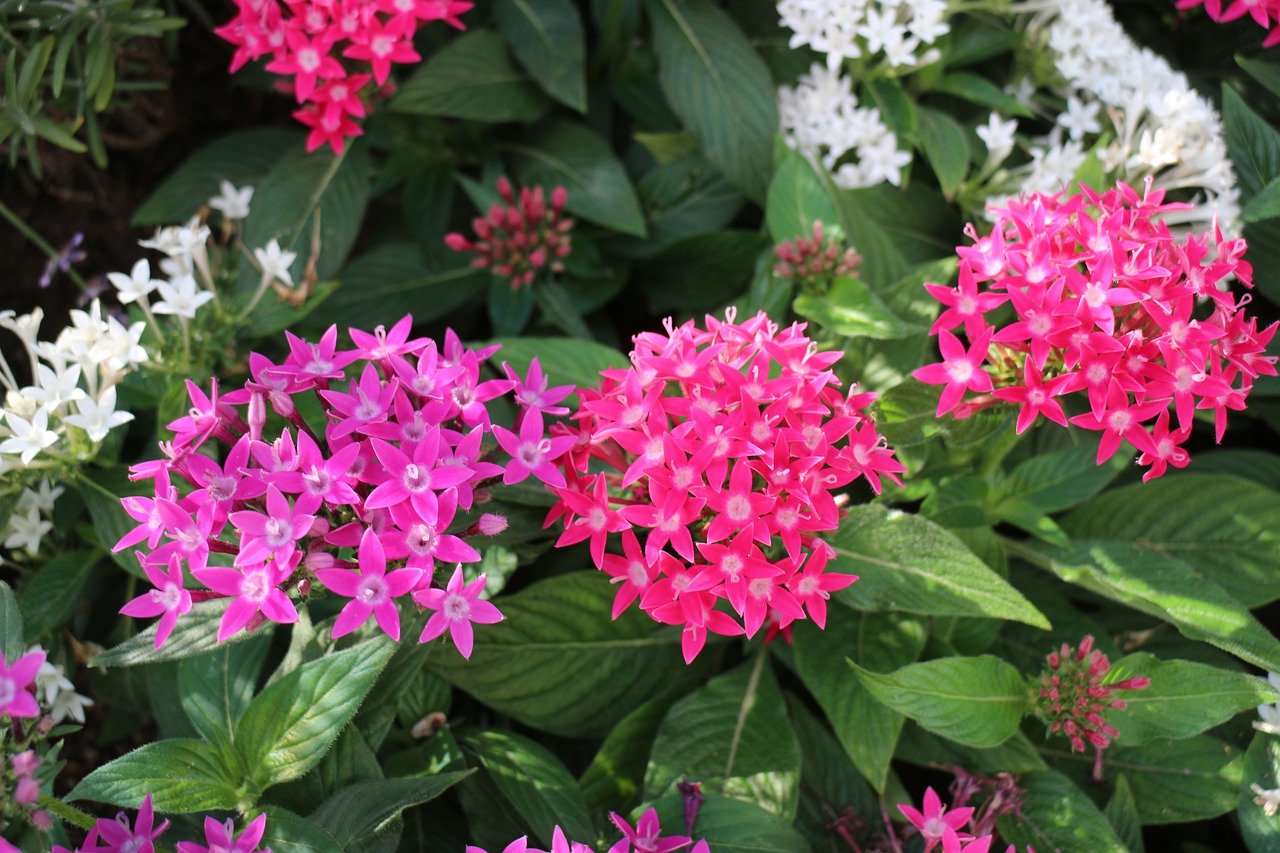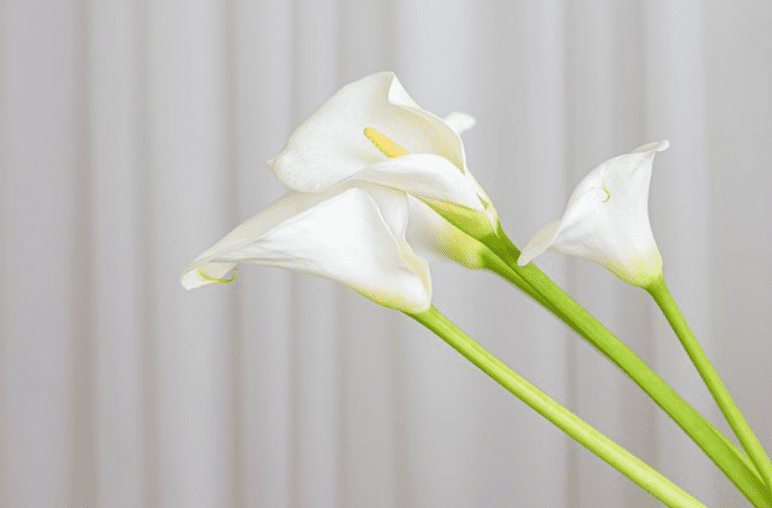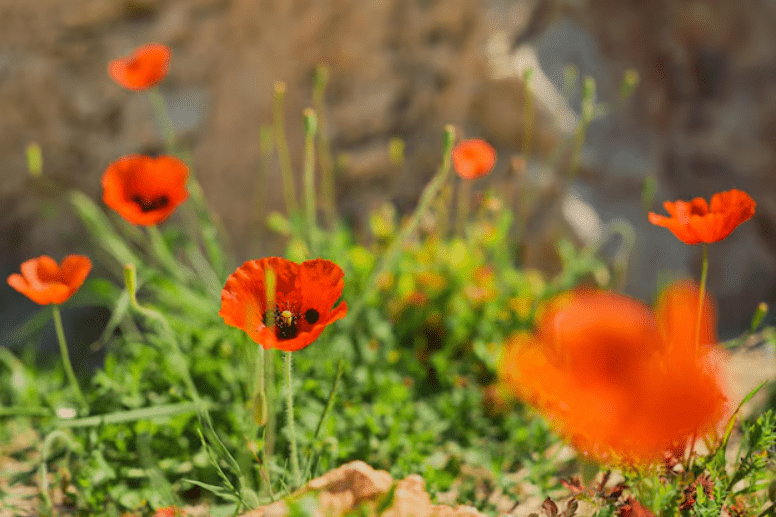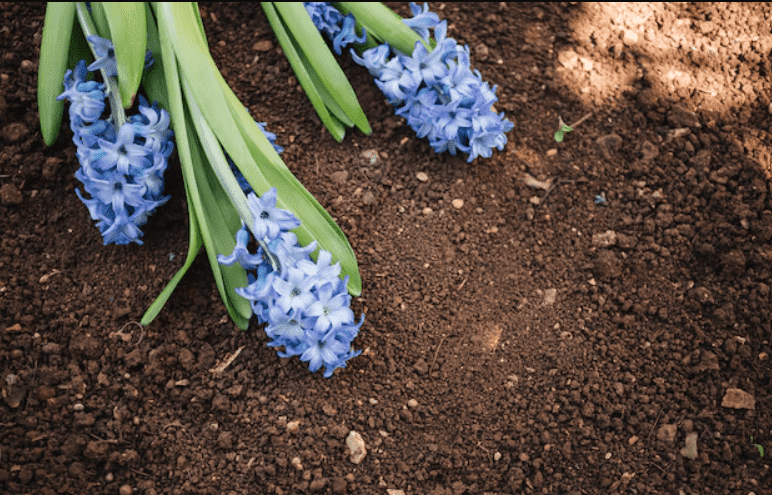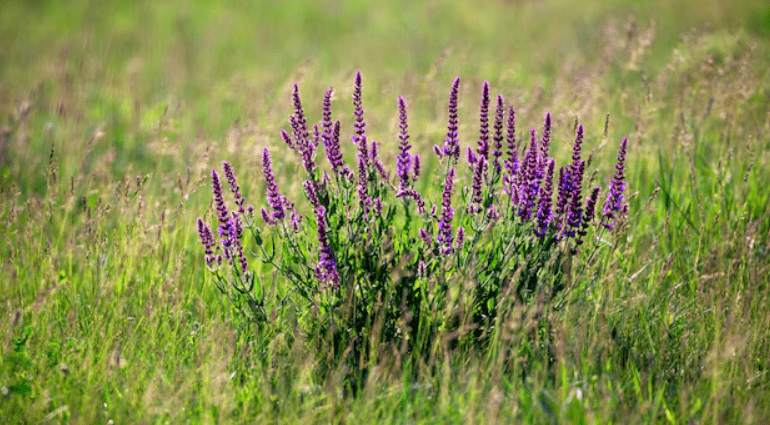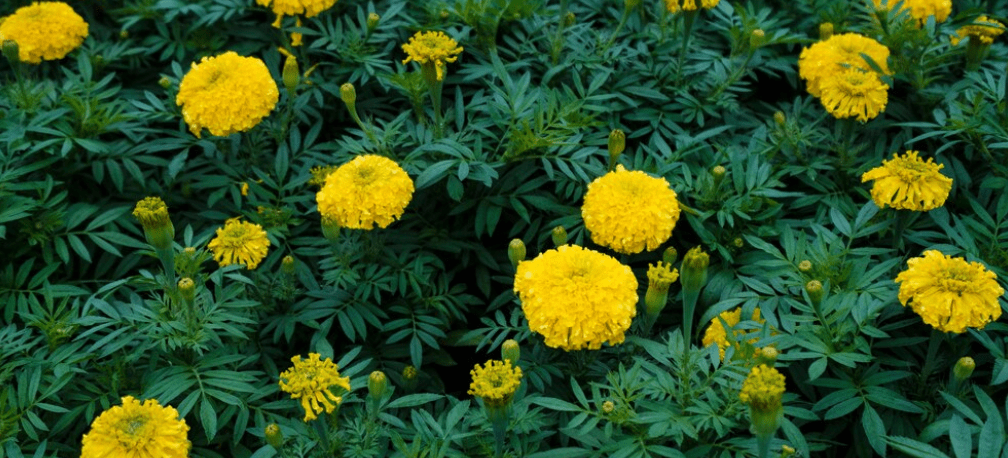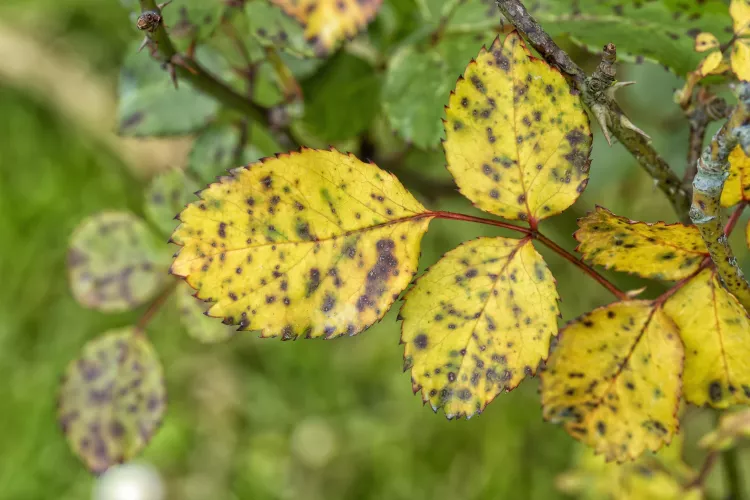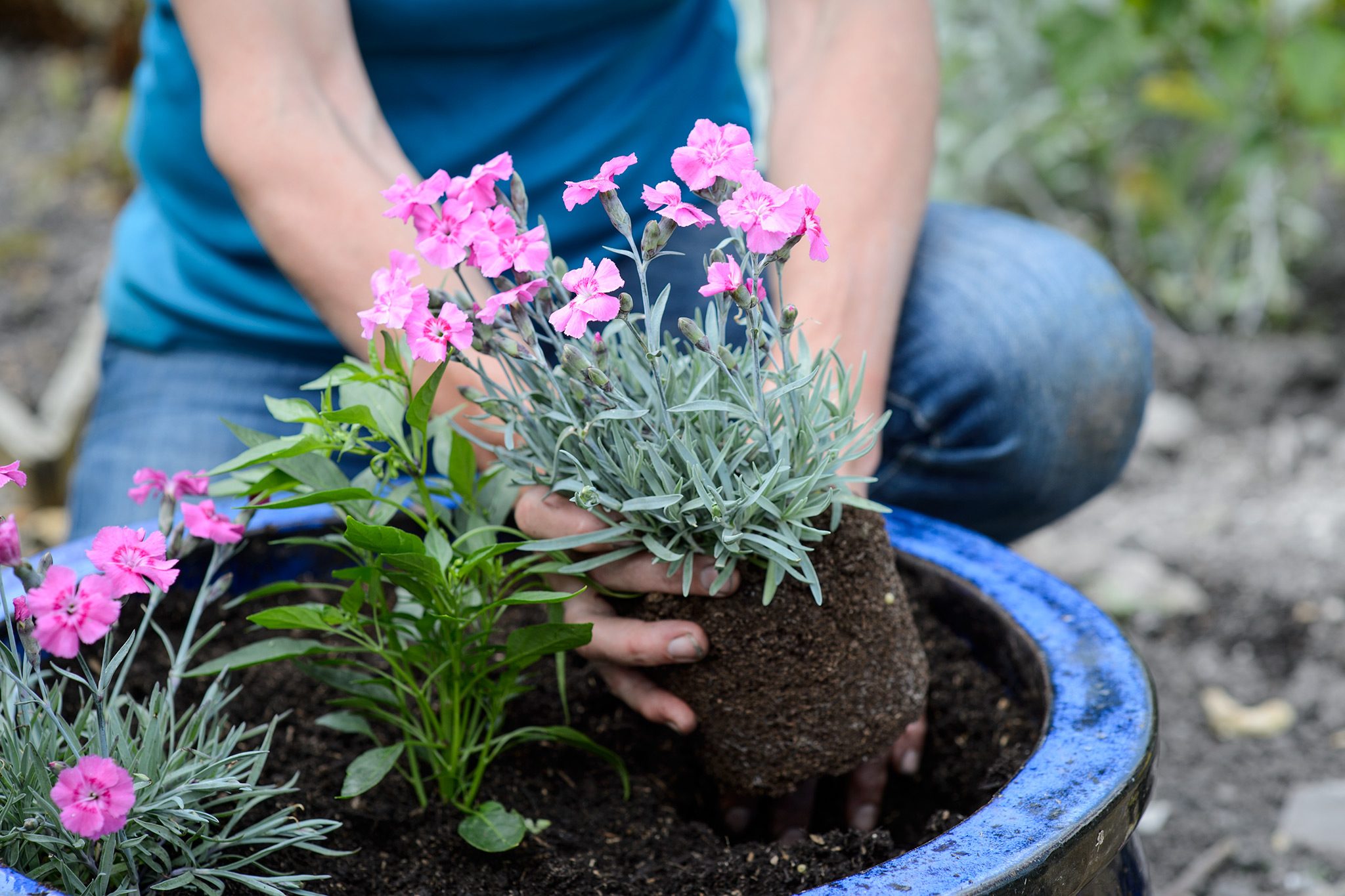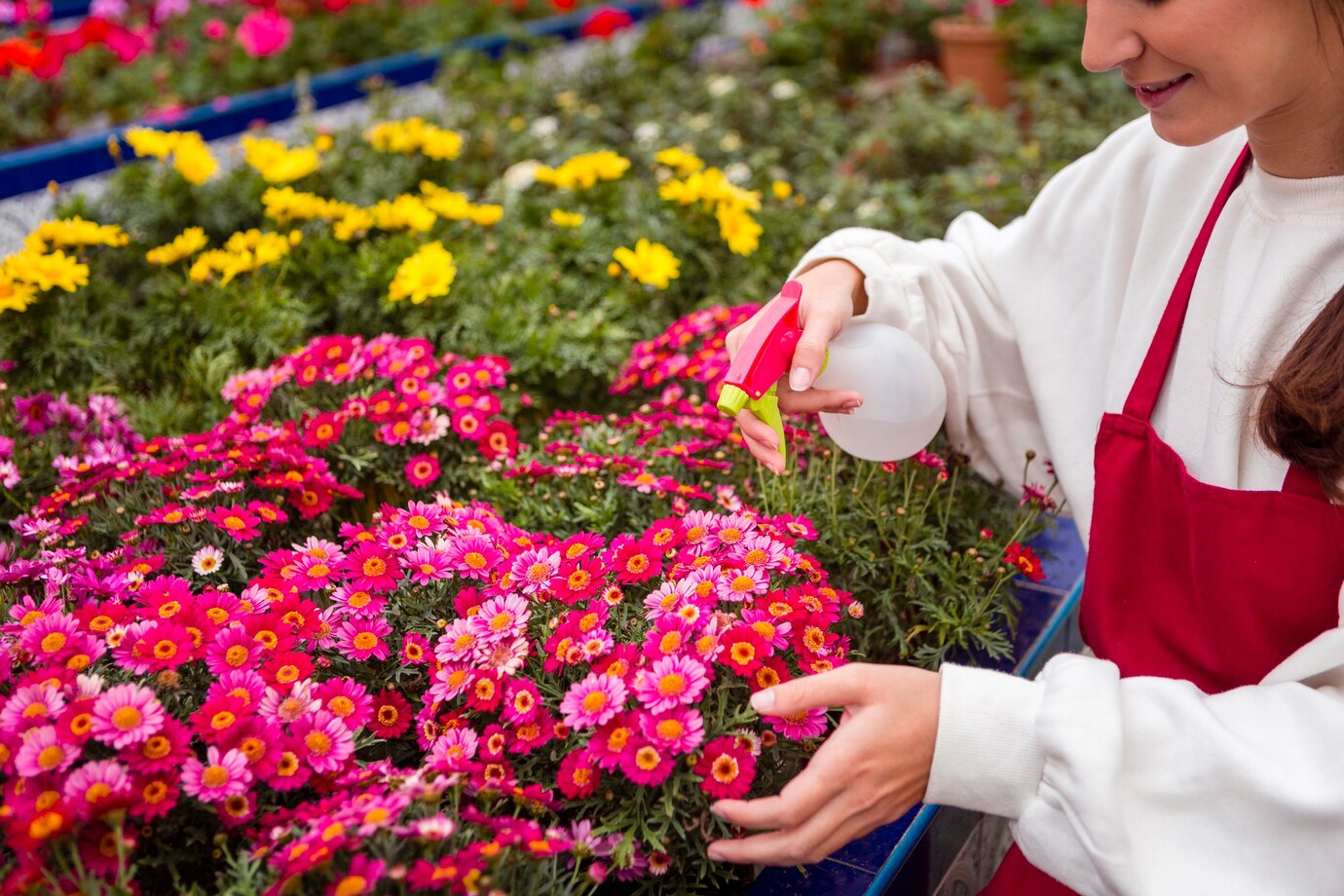Pentas are tropical plants, also known as Egyptian Star Clusters. They flourish in warm, humid climates. Under these conditions, this perennial plant thrives year after year. However, in colder regions, it is typically grown as annual.
Pentas can grow from 1 to 3 feet tall and have a rounded growth pattern with dense foliage featuring narrow, pointed green leaves. The highlight of the growing season is the plant’s tubular flowers, which appear in clusters. Each individual bloom displays five petals in a distinctive star shape.
Pentas is an excellent choice for a pollinator garden, as their nectar-rich flowers attract hummingbirds, butterflies, and bees.
Pentas Overview
Botanical Name:
Pentas lanceolata
Also Known As:
Pentas, Egyptian Star Flower, Egyptian Star Cluster
Plant Type:
They are typically annuals, but they are perennial in warm regions.
Light Requirements:
It thrives in full sun.
Growth Style:
Mounded and upright in form.
Size:
It grows 1 to 2 feet tall.
Blooming Period:
It blooms from planting until the first frost. In frost-free climates, it can flower year-round.
Flower Colors:
Available in various shades, including pink, magenta, lavender, red, and white.
Foliage Description:
Leaves are dark green, lance-shaped, and feature pronounced veins. In mild climates, the foliage stays evergreen.
Why Pollinators Flock to It:
Pentas are pollinator magnets, thanks to their continuous blooming throughout summer. Their vibrant, nectar-rich flower clusters attract butterflies and hummingbirds, while bees frequently join in the feast as well.
Planting Pentas
Where to plant
Pentas grow best in flower beds and containers that receive full sunlight for at least 6 hours a day. They can bear partial shade, but they may become leggy and produce fewer blooms.
When to plant
The best time to plant pentas is in spring, once the threat of frost has gone away.
How to plant
Dig a hole for each plant that’s big enough to fit the rootball. Gently take out the plant from its pot and loosen the roots by hand to encourage healthy growth. Position the top of the rootball level with the surrounding soil, then backfill and firmly press the soil down with your hands. Water the plant thoroughly after planting.
Soil requirements
Pentas thrive in average, well-draining, neutral soil. If planting in highly acidic soil, consider amending it with dolomite lime.
Spacing
When planting pentas in groups, space them 1 to 2 feet apart, depending on their mature width.
Growing from Seed
Some Pentas cultivars are more commonly available in seed form. If starting from seed, sow them indoors 7 to 9 weeks before the last frost to get a jump on the blooming season. Firmly press the seeds into a high-quality seed starting mix without covering them, as they need light to germinate. Keep the soil moist but not soggy, and place the seeds in a bright, well-lit spot or under grow lights. Seedlings will appear in 2 to 3 weeks.
Pentas Plant Care
Watering
While Pentas can tolerate some drought, they perform best when watered consistently, especially during hot, dry periods. If you notice wilting leaves or the soil feels dry about an inch below the soil surface, it’s a sign that your plants need a thorough soaking.
Pentas grown in containers may require daily watering, particularly during the summer heat.
Amendments and fertilizing
To encourage continuous blooming until fall, apply a slow-release fertilizer at planting time. Follow a monthly application of a water-soluble fertilizer starting from midsummer. Enrich the soil with organic materials to provide a nutritional boost and enhance soil drainage.
Deadheading
Pentas plant care is simple. You don’t have to do deadheading for continuous blooming, but removing spent flower clusters will encourage more vigorous flower production throughout the season.
Pruning
Pruning is typically not needed when growing Pentas as annuals unless it’s necessary to maintain the desired shape and size. In frost-free areas, trim them back in late fall or early winter, after the peak blooming season, to encourage branching and prevent legginess.
Pests and Diseases:
Pentas are generally resistant to most pests and diseases, but aphids and spider mites can become an issue, especially during hot, dry weather. If growing indoors, watch out for whiteflies.
FAQ
Do Pentas come back every year?
Pentas are perennial plants that return each year in warm regions. In colder regions, however, they are grown as annuals and die back when temperatures drop below freezing.
Do Pentas like sun or shade?
Pentas thrive in full sun but can also tolerate partial shade. However, if grown in partial shade, their flower production may be reduced.
Do Pentas grow better in pots or in the ground?
While Pentas are commonly planted in garden beds or borders, they also do well in pots as long as you choose a sufficiently large container and maintain regular watering and fertilization.

